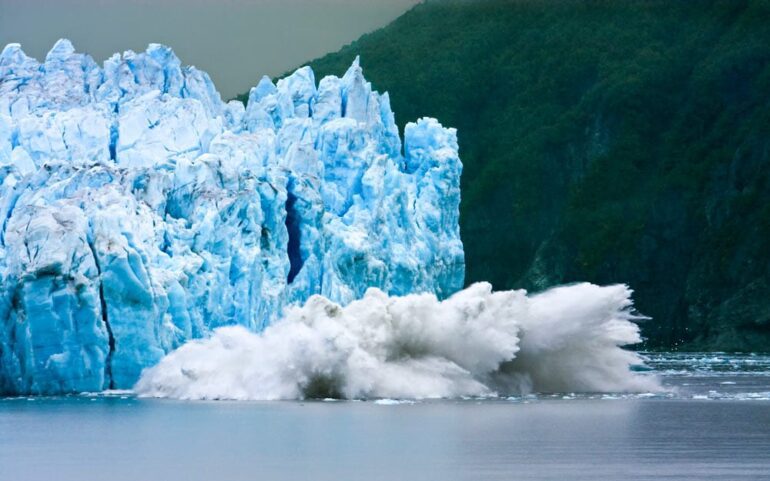TL;DR:
- Google funds a $5 million grant for a project by Woodwell Climate Research Center.
- New AI-assisted technology enables real-time tracking of permafrost changes in Alaska.
- Permafrost thaw causes significant damage to infrastructure, costing billions.
- AI helps monitor polygon ice wedges across the Arctic, enhancing analysis and detection.
- The initiative eliminates assumptions and ensures a comprehensive representation of the entire Arctic.
Main AI News:
New artificial intelligence-assisted technology is set to revolutionize the tracking of permafrost in Alaska, ushering in an era of real-time monitoring. With changes in permafrost happening rapidly due to the warming Arctic, traditional tracking methods that take years or decades to yield results have become inadequate. Thankfully, a game-changing solution is on the horizon, and it’s made possible through a visionary initiative backed by Google.
The Massachusetts-based Woodwell Climate Research Center has been bestowed with a generous $5 million grant from Google to spearhead this transformative project. At the helm of the endeavor is Anna Liljedahl, an esteemed climate scientist specializing in Alaskan permafrost. Combining the power of satellite data with artificial intelligence, their groundbreaking system aims to identify and observe changes in permafrost as they occur, revolutionizing our understanding of this critical environmental phenomenon.
The importance of closely tracking permafrost changes cannot be overstated, given the far-reaching consequences of its thaw across the northern regions. Vital infrastructures are at risk, and replacing thaw-damaged sections of roads, runways, and railroads in Alaska alone could amass a staggering $24.5 billion by midcentury under the current climate trajectory, as reported by researchers at George Washington University.
Harnessing the capabilities of artificial intelligence, the team led by Anna Liljedahl is tackling a particularly daunting challenge: monitoring the polygon ice wedges that dominate the Arctic tundra landscape. Although scientists have mapped over a billion of these polygon ice wedges, keeping tabs on their changes demands an approach beyond human capacity. This is where AI comes to the rescue.
“The datasets that we are creating are so large that we need help from AI in order to keep up with the data and milk the information that lies within the data. The datasets are too large for us humans to comprehend, even if all of us Arctic permafrost scientists across the countries would come together,” explains Liljedahl.
Using AI, computers can meticulously analyze and outline individual polygons, deciphering whether they are high-centered or low-centered, thereby revealing crucial ice-melt patterns. Armed with this information, researchers can detect changes to these polygons and investigate the contributing factors, whether it be unprecedented summer heat, deep winter snowpack, rainfall, or wildfires.
The implications of this innovative approach are vast, as it eradicates the need for unreliable assumptions based on isolated locations. Instead, the entire Arctic can be comprehensively represented, leading to more accurate assessments and informed decision-making. As Anna Liljedahl aptly puts it, “Assumptions are so unnecessary when we can do better!“
The Woodwell Climate Research Center is driving this ambitious endeavor, collaborating with esteemed academic and scientific partners. Among them are the University of Alaska Fairbanks and the Alaska Native Tribal Health Consortium. The project also aligns with the Permafrost Pathways program, steered by Woodwell Climate and supported by the Arctic Initiative at Harvard University’s Kennedy School of Government, as well as the Alaska Institute for Justice.
Conclusion:
The integration of AI and satellite technology into permafrost tracking marks a significant advancement for the market. This transformative initiative will not only provide real-time monitoring capabilities but also enhance accuracy and precision in assessing permafrost changes. As climate research and infrastructure resilience become paramount concerns, businesses in the environmental monitoring and AI sectors are poised to witness increased demand for innovative solutions. Additionally, the collaboration between research institutions and tech companies paves the way for more industry partnerships and investment opportunities, creating a thriving market landscape in this domain.

